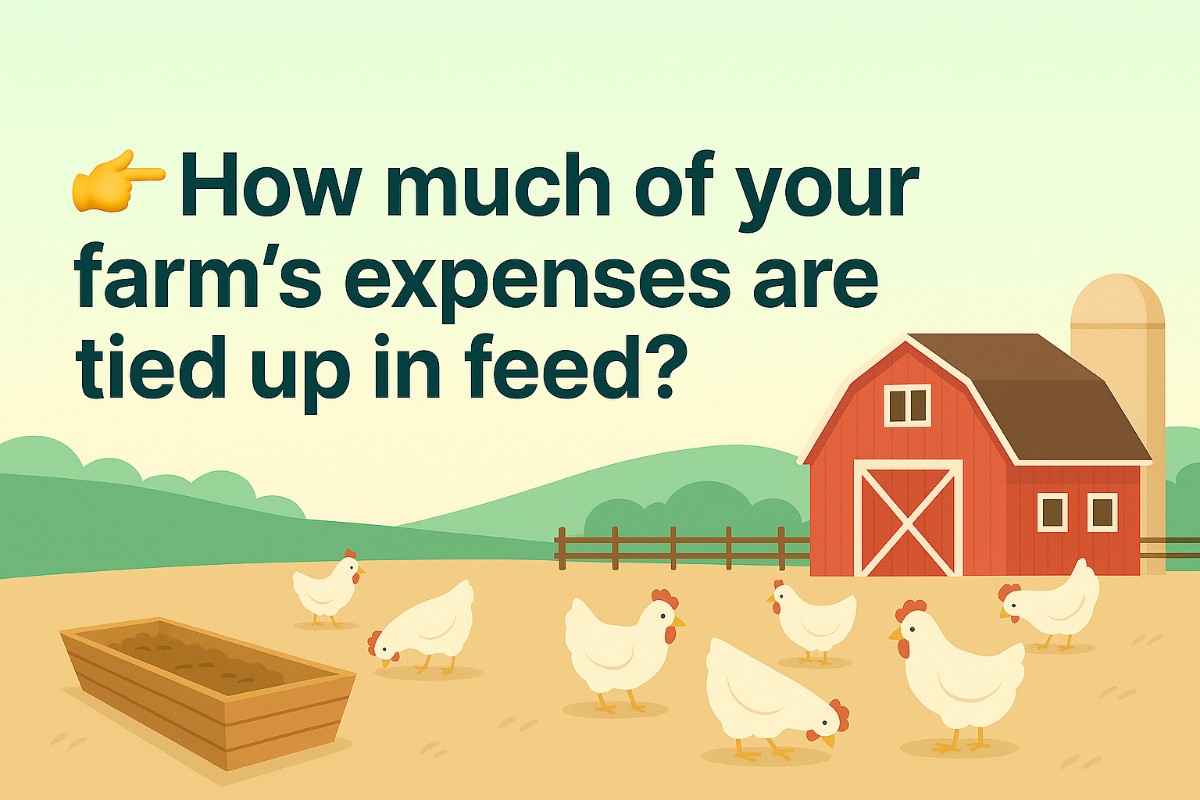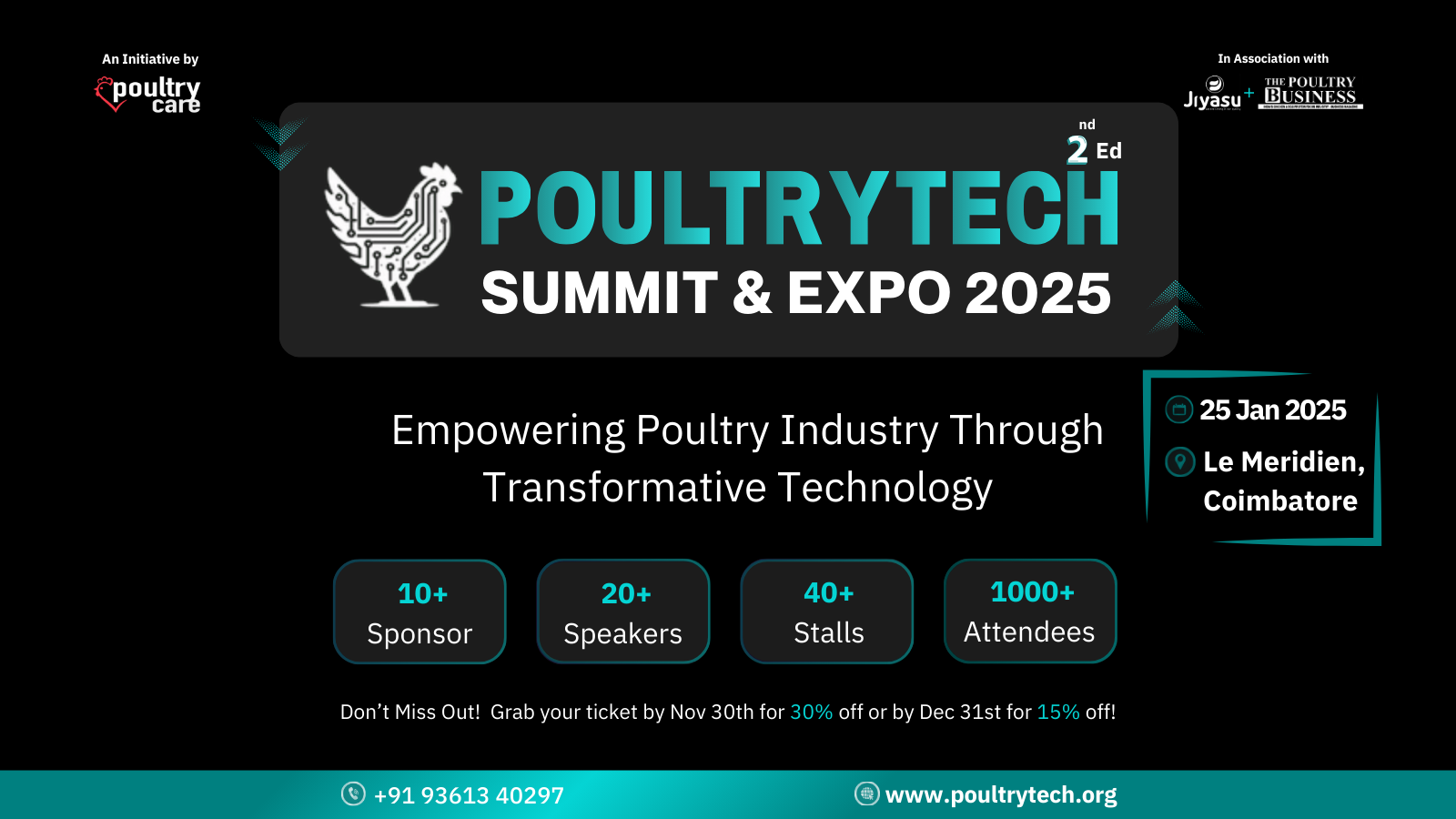For most poultry farmers, feed is the single biggest expense. It often takes up nearly all the money that goes into running a farm. This means that out of everything you spend, the largest part is always on feed. Some of it goes directly into the birds, but a good portion is often lost without notice. This silent leak slowly eats into profit and makes farming more difficult.
Why Feed Costs Stay So High
Feed is the daily energy source for birds. Without it, broilers cannot grow and layers cannot lay eggs. Unlike buildings or equipment, feed never stops demanding money. Every single day, the birds eat, and the quantity only grows as they age. The market price of grains and proteins also keeps rising, which pushes feed costs even higher. A slight change in how feed is used on the farm can completely change the final profit.
How Feed Gets Wasted
Farmers usually buy feed in bulk, but not all of it reaches the birds’ stomachs. Some is lost during feeding when birds scratch it out of the troughs. Some gets spoiled in storage because of moisture or rodents. At times, birds eat more feed than they should because of poor management or disease, but they do not grow or lay in return. Sometimes the feed itself is of poor quality, which makes birds selective and leaves much of it uneaten. Even small human mistakes in overfeeding or careless handling can lead to large losses over time.
The Real Impact of Feed Loss
When farmers think about feed, they usually calculate the cost per bag. What they often forget is the cost of what never gets used properly. Even a little wastage every day becomes a mountain by the end of the year. And when feed is wasted, the farmer not only loses money but also faces other problems. Wasted feed increases the manure load, raises the risk of disease, and reduces the return on investment. It is like watching money slip through the cracks while working hard every day.
How Farmers Can Save Feed Costs
Farmers are not powerless against this challenge. Careful management can save both feed and money. Storing feed properly protects it from moisture and rodents. Using feeders designed to reduce spillage helps more of it reach the birds. Keeping a close watch on bird performance shows whether the feed is being converted into eggs or growth effectively. Training workers to handle feed carefully prevents careless waste. Recording daily feed intake along with egg numbers or body weight makes it easier to see patterns and correct mistakes quickly.
Farmer’s Wisdom
Old farmers often say that every grain matters. The truth behind this saying is clear. Feed is the farmer’s biggest investment, and respecting it is the same as respecting profit. Every handful saved is money earned, and every wasted handful is money lost.
Why Careful Tracking is Important
If feed makes up most of the cost of farming, it deserves most of the farmer’s attention. Farmers who succeed are not the ones who simply provide feed but the ones who track how it is used every single day. The rewards of careful tracking are clear. It lowers the cost per dozen eggs or per kilogram of meat. It improves flock health and performance. It keeps the farm cleaner with less waste. And most importantly, it protects profit even when market prices are tough.
Conclusion
Feed is the lifeline of poultry farming, but it is also the biggest area where money slips away unnoticed. Farmers who pay attention to feed storage, feeding habits, and daily records are the ones who protect their profits. Every grain counts, and every egg is proof of careful management. Saving feed is not just about saving money; it is about building a stronger and more profitable farm.




